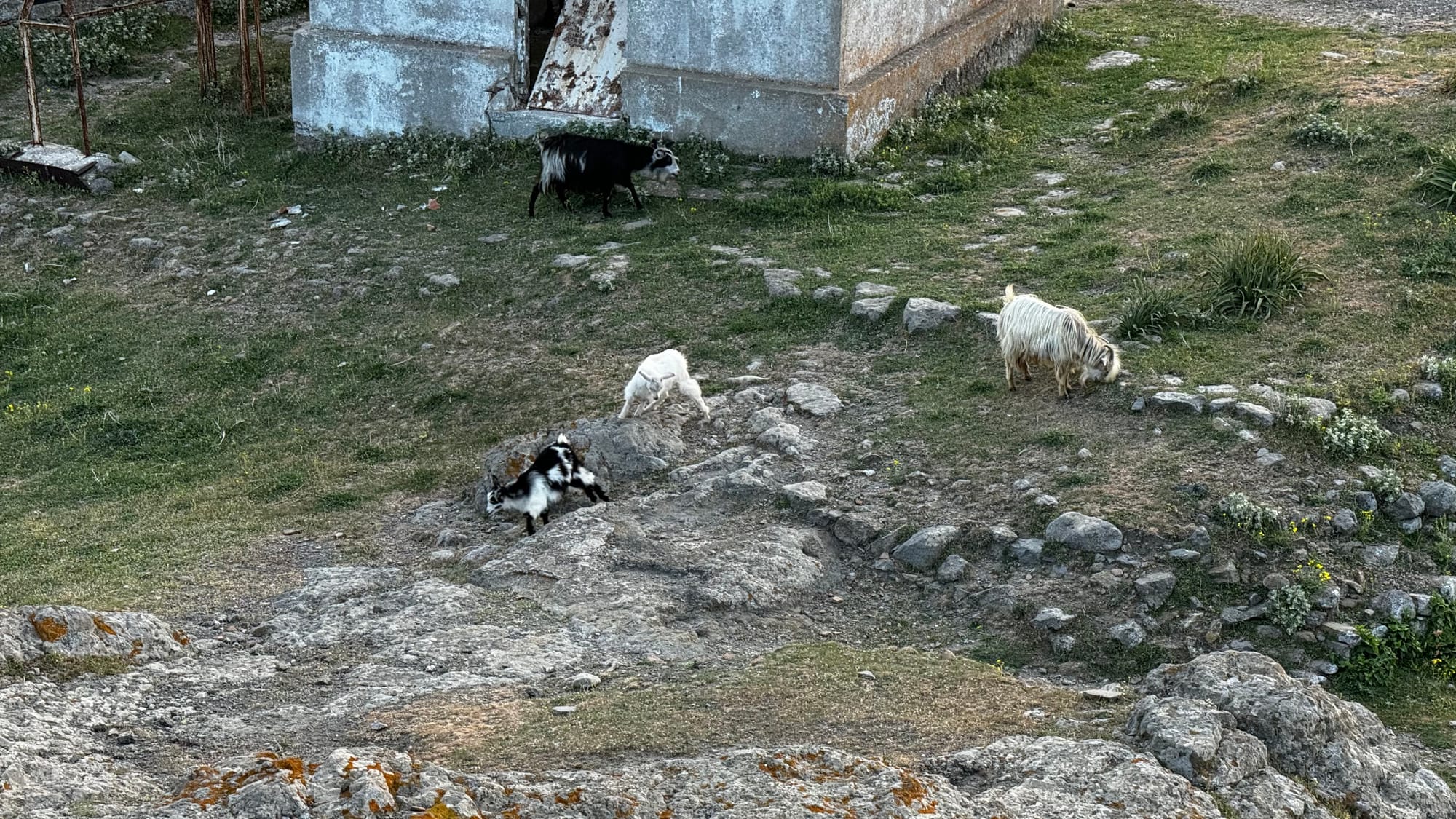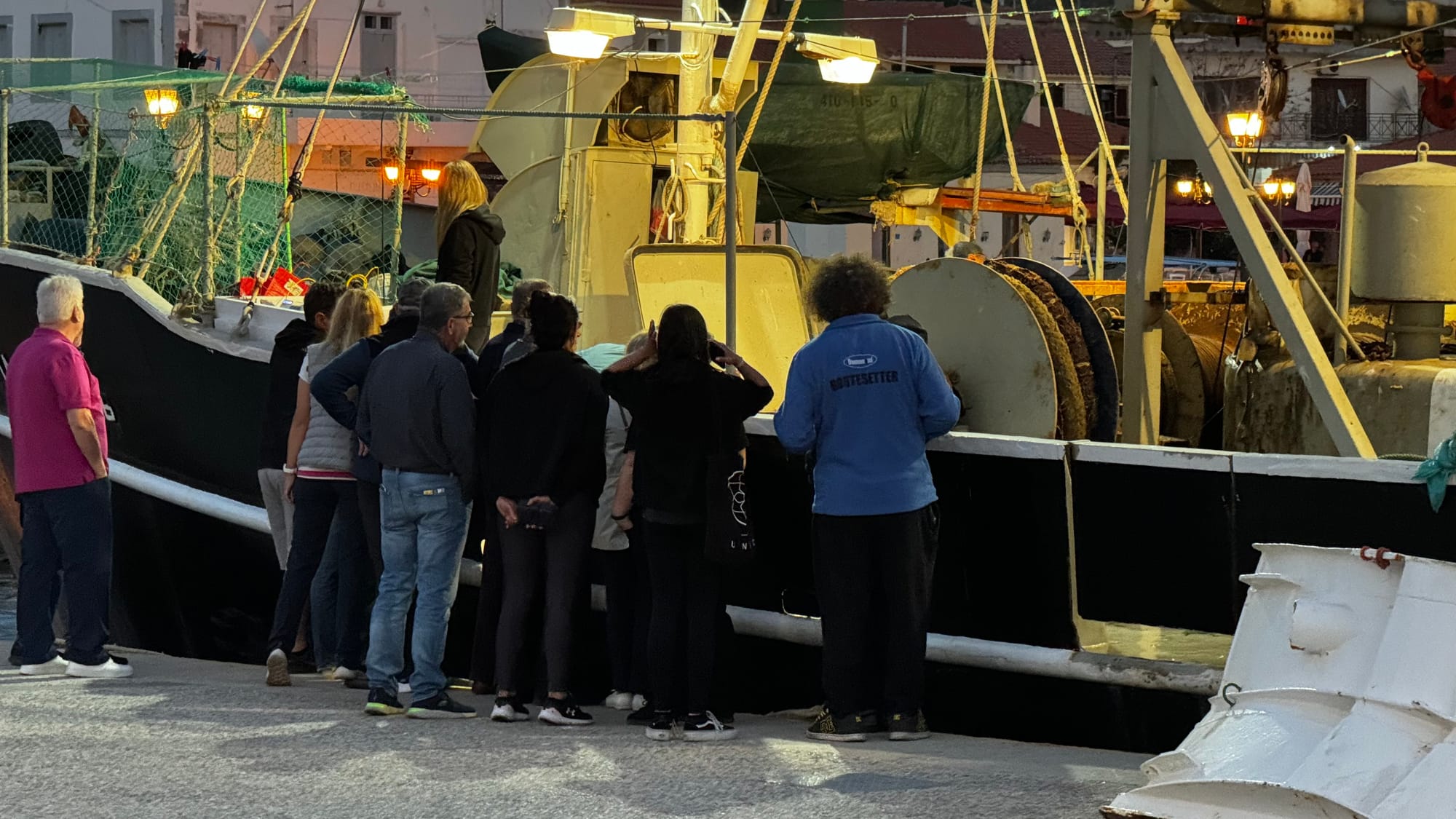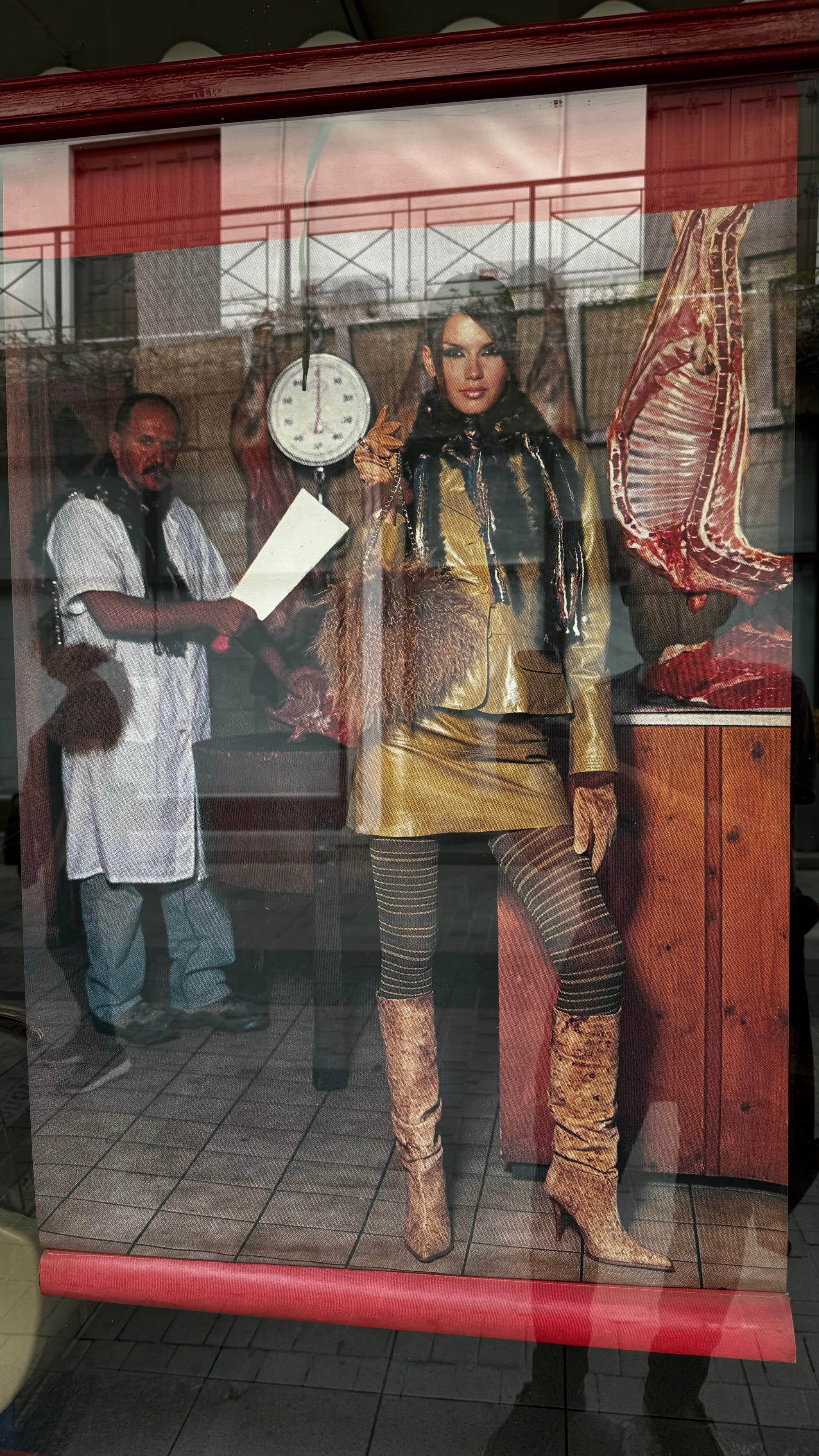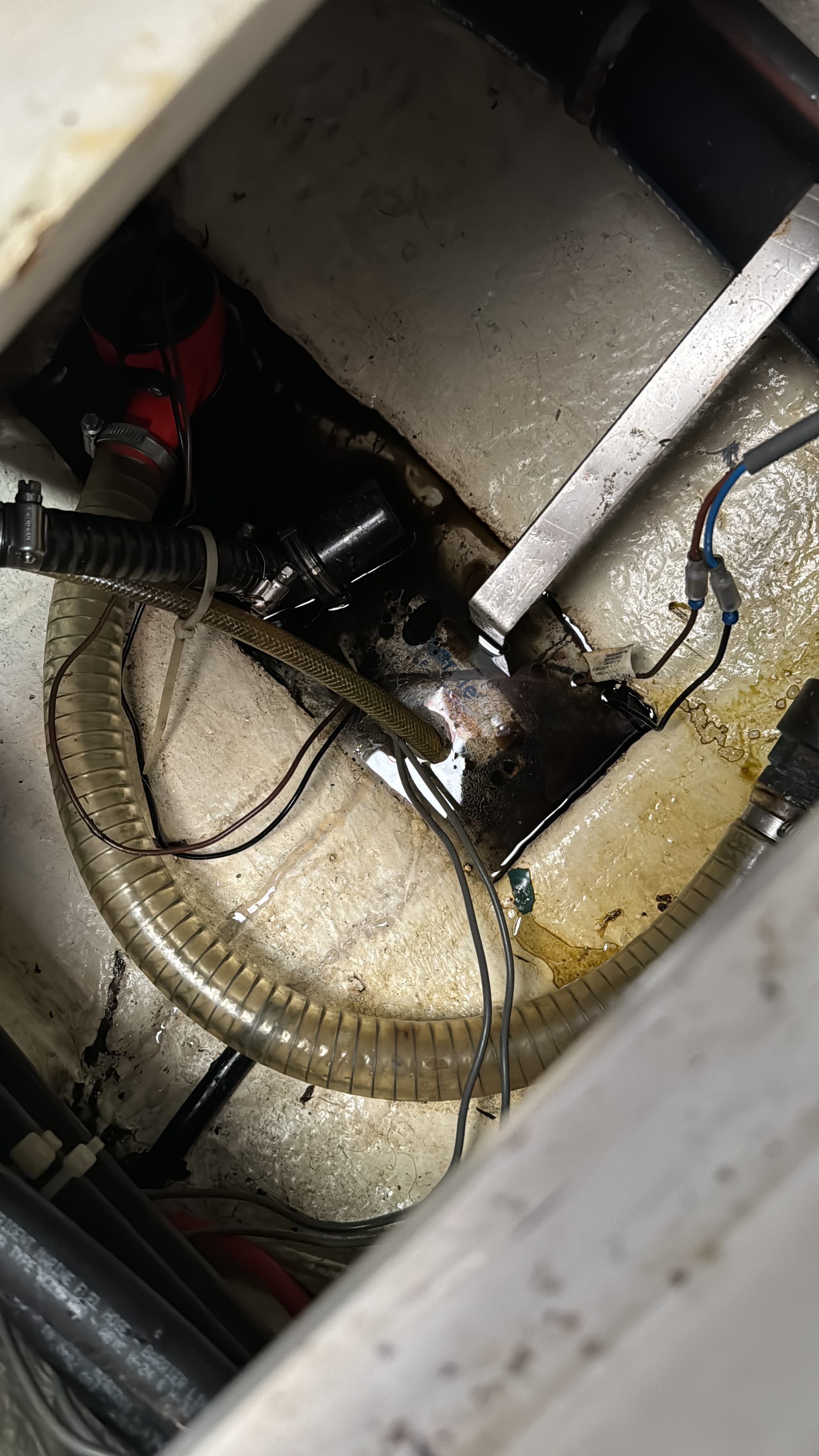Week 191: Leisure in Limnos
We explore the delightful island of Limnos, one of our new favourites.

There are many islands in Greece (220 inhabited ones, 6000+ individual ones, depending on how you count them and at what size you start). While we haven't visited all of them, we have certainly seen a lot of them now. This means it's wonderful to find a new one that you really like (sorry, Greece; some of them do blend into each other after a while).






Scenes around Limnos
The whole corner of the North Aegean is our favourite part of the Greek islands so far. More remote, more authentic, and less visited than the hyper-touristy Cyclades (Santorini and Mykonos), with way fewer charter boats than the Ionian. Of course, that comes with its own difficulties – there's a reason fewer people come out here. Distances are more remote, and the weather can be more difficult, especially for sailboats. The prevailing wind direction makes it harder to get to, and for motor boats, the beam winds create a lot of swell.
We were delighted to arrive in Limnos on Sunday morning after a relatively straightforward crossing from Lesvos. There's a very busy shipping lane running between Lesvos and Limnos—all the container ships heading to and from the Dardanelles, the Sea of Marmara, Istanbul, and even further to The Black Sea.



Crossing to Limnos from Lesvos. Lots of ship traffic. We're the circle down the bottom left, Fini (Thomas and Irene) are the circle to the top right as we cross the traffic.
One thing that strikes you as you approach Limnos is the number of small coves and bays scattered around. It's a very interesting and dramatic coastline, and it's famous for its beaches as well. The main town is Myrina, located in the south western corner.
We pulled in, and there was only one other boat in the whole harbour – we had it almost all to ourselves (except for the coast guard and the small fishing boats). With no one there, we could pull up alongside–always a treat–and settle in to explore. A very friendly elderly local man, who knew nothing about boats, fumbled with the lines until I stepped off to help. We didn't technically self-dock, but he wasn't actually any use either.
His friendly smile and enthusiasm summarised the welcome we have felt here on the island. When he heard we were from Australia, he was excited and told us to write to all our friends and tell them how wonderful Limnos is. Consider that done!





Scenes of the castle from around Myrina
A large castle dominates the town and abounds with history. One thing they've done here which I wish they would do on other islands, is a very extensive network of signage that has lots of photos and explains what it is you're seeing. The fancy houses in this section of town with palm tree motifs? Those were built by wealthy Egyptians who traded wine with Limnos. The strange structure inside the wall of an old supermarket? That was the ceremonial entrance to the old religious quarter under Ottoman rule. Now long gone, but the gate is preserved in the wall.
Myrina is very quiet, but it feels like it's waking up. There are two weeks until the start of the tourist season (officially opens Greek Easter), so there's a lot of polishing, cleaning, and painting. They still aren't open yet, but you know they will be soon. At times, we were the only people on the boardwalk, but as the weekend approached, the locals had come in from the villages and were out enjoying a meal and the weather.






Wildlife -- Seal, stray cat, goats, deer, chickens, a tortoise.
There seems to be a lot of wildlife around here. We were entertained by the seal, which was chasing fish from the local fishing vessels in the inner harbour. We saw a tortoise, deer, goats, and, of course, endless stray cats. They were often found sunning themselves on our welcome mat or occasionally walking around Matilda looking for food.
We hired a car during the week to explore the island properly and found many interesting things to visit. We started at the ancient city of Poliochni. It's considered one of the oldest towns in Europe, even older than Troy, and dates back to around 3,000 BC. With the wind whipping up, it was a very remote and desolate place. It would have been hard to live there, I suspect.




Poliochni -- They are working on restorations at the moment.
Then it was off into Moudros. This town was the centre of Allied efforts during the Dardanelles/Gallipoli campaign. Moudros Bay was where the warships were staged. There were field hospitals and camps around Moudros, and it was where all the soldiers departed. There are several war memorials and cemeteries there containing the injured who were evacuated from Gallipoli and then died either en route or in hospital at Moudros.



WWI graves from the Gallipolli campaign. Morning coffee and the ever-present cinnamon to sprinkle on your cappuccino!
From there we drove by the salt lake of Aliki, famous for its flamingos, although there were none to be seen. Google Maps continues to be sketchy at the best of times in Greece, determined to take our hire car over the most desolate, difficult dirt tracks. On one occasion we had to turn around as the road was impassable to a regular vehicle. But we did get to see a lot of the interior of the island.




Aliki lake, goats and Ifestia
We visited Ifestia, an ancient Greek and Roman city on the north side of the island. Although historically significant, it really wasn't worth the visit—we've seen a lot more interesting ruins. We did spot two baby goats nestled in the grass, hiding from the wind, which was cute.
The highlight was the Geological Park at Faraklou and its sedimentary rocks, sandstone formations that have been worn away by the wind and waves to leave exotic sweeping patterns in the sand.






Faraklou
A rarity in Greece is Asian food, which meant another highlight was the small street food cafe we found that served bao buns, sushi, and hamburgers. All of them were exceptionally good. We ate there four times during the week because we loved it so much. Andreas, the owner, taught us a phrase in Greek (that I've now forgotten), but it essentially translates as "your home kitchen"—the restaurant you go to that's not your house.



Ok, these are potato skins, not Asian, but from the same place and delicious! The old ornamental gate now in a wall.
Like all the Limnians we've met, he's been incredibly generous and friendly. One reason we spent so much time here (apart from loving it) is that there were some very big winds moving in. He was so concerned for us in the harbour that he gave me his mobile number and said to call him if we needed anything, even in the middle of the night.
When the storm arrived, it was a wild and windy night, but tucked up on the quay next to the coast guard, there were no issues aside from the noise. We did lose one fender cover, which rubbed off between our fender and the dock, but that's it.






Various sunsets.
The sunsets here are spectacular. Whether it's sitting on the boat looking out over the harbour entrance or climbing to the castle to watch it set over Mt Athos in the distance, we've seen some of the most fantastic sunsets we've experienced in Greece.









Street snaps from Limnos. The building is a thermal spring where locals come to collect naturally warm water for drinking. We loved watching the fishing boat come in and everyone cluster around to buy their fresh fish straight off the back.
There are other boats around. One night, a charter fleet came through—about eight boats piled into the harbour—the first charters we've seen this year. Like most at this time, they were a specialty group—a "mile building" fleet. Despite us being boxed in, they made little noise and left early the next day.



Fleet invasion!
We met an Austrian sailor who was single-handedly sailing his boat, waiting for his wife to arrive in Limnos. He messaged Karina on NoForeignLand and asked for assistance docking, and we've enjoyed his company over the last few days. We've gotten to know someone new and bumped into him around town as we all run our various errands.
If you're considering visiting Limnos, we both highly recommend it, and it really is one of the more relaxed and delightful Greek Islands that we've visited!





It's a boat. Sometimes things break. The generator stopped with an overheat. Turns out the sea strainers were clogged from testing in Mytilini Harbour (full of plastic) AND I'd put a fender over the water outlet (oops). Fixed that, then discovered the bilge pumps were working, but the outlet was clogged so that had to be cleaned too.
Tomorrow morning, the weather is very settled, so we are heading up to Samothraki – the most NE island in Greece. We'll stay there a few days and, as weather permits, make our way back south to Lesvos, where we need to be by the end of the month. Just in time to pack up Matilda again and head off for Eurovision!
Until next time,
Tim & Karina
